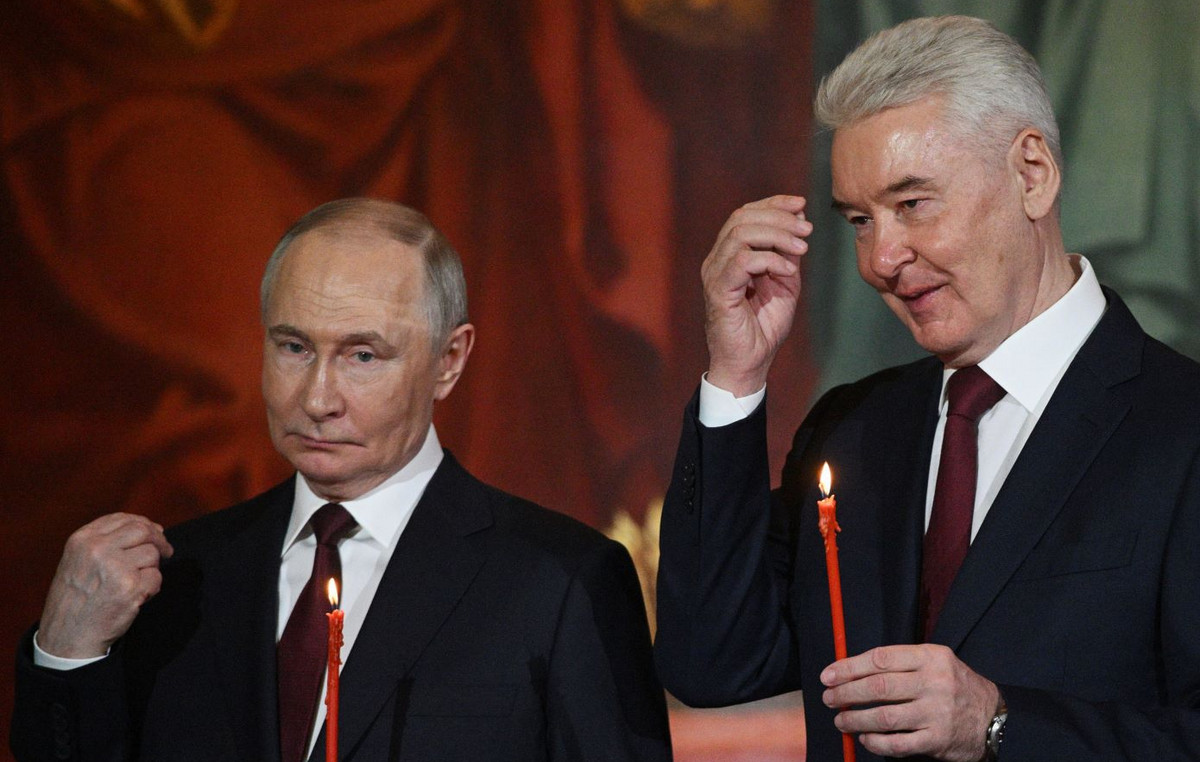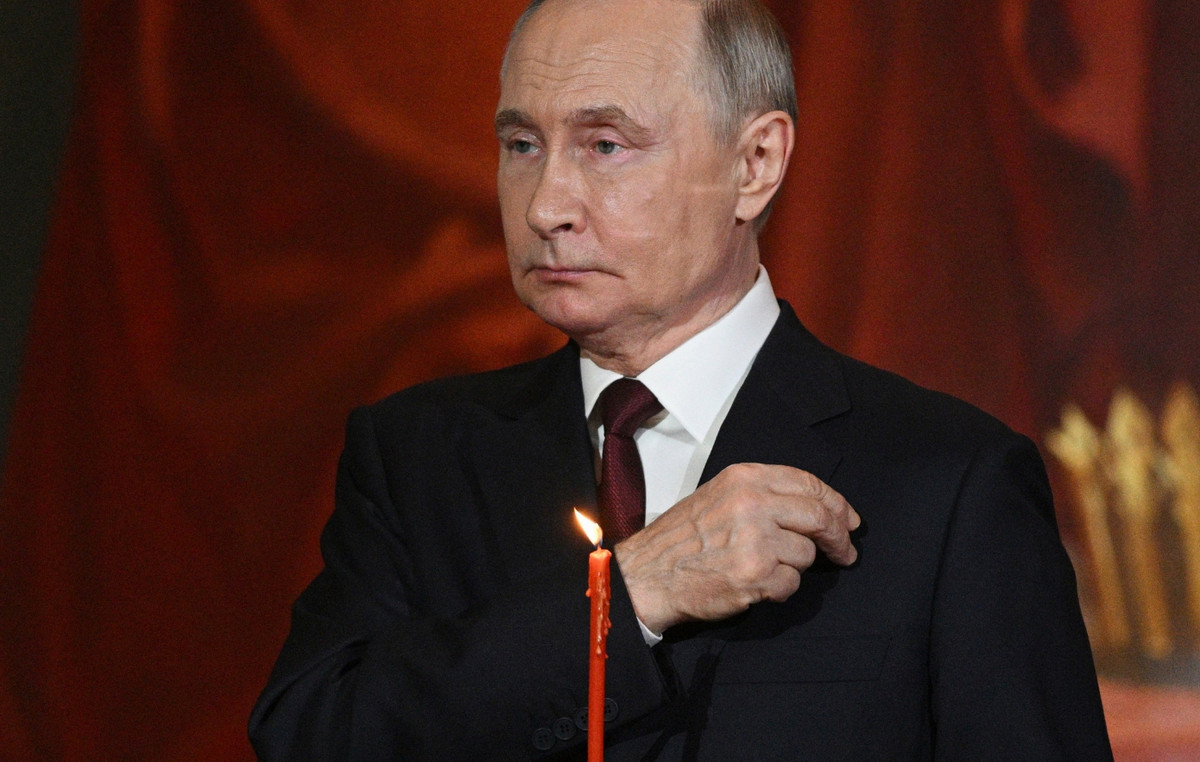Security and reliability of memcoins
The role of memcoins in the modern market remains a debatable issue. On the one hand, these altcoins, like other cryptocurrencies, should be characterized by decentralization and less vulnerability to external attacks. On the other hand, skeptics are convinced that there is not enough control over mem tokens by regulatory agencies and there is a huge volatility in rates. In addition, there are questions about the nature of their decentralization. But first things first.
Crypto enthusiasts and, in particular, fans of memcoins are convinced that due to the lack of centralized management in the system, the funds are more secure. This is ensured by the blockchain technology and the consensus mechanisms used, which allow transactions to be carried out by the network participants themselves: miners or validators.
Opponents of this approach (usually opponents of the very concept of cryptocurrencies), on the contrary, believe that memcoins lack some fundamental component. There is no government control, there is no general integration, and there is no support from significant financial counterparties either. But there are crazy fluctuations in value, which are often caused by banal posts on social networks.
It is the latter factor that is the main argument against memcoins. Increased volatility can cause you to be wealthy today and have nothing tomorrow. And all because of the fact that someone wrote a couple of posts on Twitter.
It turns out that it is necessary to look for some resulting (an intermediate value) between total control (after all, if it is implemented, it will no longer be a cryptocurrency) and the creativity that memcoins bring to life.
A few words about the decentralized nature of memcoins. At the very least, it raises questions. The largest representative of this class of cryptocurrencies, Dogecoin, initially had a limited supply. It was 100 billion coins. However, in 2014 it was decided that emission restrictions were no longer necessary. The fateful step was taken by Dogecoin co-founder Jason Palmer. In other words, decentralization is not at the level of software execution, but as a concept is called into question. And if so, the advantage over traditional means of payment, where governments and central banks play an important role, is already highly controversial. In this sense, the criticism of decentralization is true not only in relation to memcoins, but also to many other constantly updated altcoins. Updated, for example, due to network hard forks, actually carried out on the initiative of developers and other central participants.
Memcoins as a medium of exchange
If we compare fiat money and memcoins as a medium of exchange, then the options under consideration will have both advantages and disadvantages.
FirstWhat can be noted is the different volatility. In this regard, traditional mediums of exchange outperform memcoins, as they allow at least some planning, given the stability of the exchange rate.
Second – Cryptocurrencies are rarely accepted for payment. In many countries, digital currencies are simply prohibited. And even where they are allowed, for example, in Japan, the business itself can determine whether to accept payment in cryptocurrency or not. This is especially true for memcoins.
However, meme tokens also have their advantages. For example, relatively small commissions. If you transfer fiat money from one bank to another, it will be very expensive.
And, of course, decentralization. Be that as it may, memcoins have much more signs of decentralization. Fiat money is directly controlled by the authorities, and their supply is often unlimited, which leads to depreciation in the long run, that is, inflation.
And what needs to be done so that memcoins are introduced into everyday life?
How to make memcoins free to accept
Firstly, there should be a well-defined legislative framework that will allow businesses to accept payments in cryptocurrency. Moreover, the point about memcoins should be detailed so that there are no legal delays.
Secondlybusiness must be motivated to accept such payments. Some beauty salon or bakery can easily accept payment in bitcoin or ethereum, but not in Dogecoin and Shiba Inu. Why? Because popularity (and liquidity) is higher.
Third, memcoins should be fairly common among users. And here there is little desire, real support from business is needed. Modern payment services could well implement support for payments in memcoins.
Fourth, smart contracts need to be developed. In the current economic conditions, when humanity is not ready to abandon fiat money, it is necessary to be able to quickly convert some assets into others. For example, DOGE to USD or BTC. This can be done through smart contracts.
Are there any problems in the approval of memcoins of an ethical nature?
Widespread approval of memcoins
The main thing that opponents of Dogecoin, Shiba Inu, Pepe, FLOKI and others can cling to is the lack of a certain “fundamental base”. After all, what are memcoins? Some beautiful or funny story from the Internet, on the basis of which a cryptocurrency is created.
Another obstacle may be the climatic factor. Many cryptocurrencies are based on the PoW consensus algorithm, which means that in order to mine these coins, you need a mining organization and electricity. And although the issue of the dangers of mining for the environment is controversial, remaining the subject of speculation by various interest groups, the very idea of possible harm against the backdrop of the popular green agenda does not benefit electronic cash.
Memcoins can be used for money laundering or other illegal activities. As, however, and other crypto-currencies, and ordinary fiat money. So there is no difference between memcoins and other means of payment. On the other hand, regulators represented by central banks are usually not too interested in supporting any other digital currency other than their own (except for CBDC, which uses the advantages of cryptocurrencies in the form of a “transparent blockchain” to increase control).
Well, and finally, the general low preparedness of mankind for something new. Cryptocurrencies, of course, are included in everyday life. But most of those who are interested in them know about bitcoin and ether. Someone knows cryptocurrencies from the top ten by capitalization, but there are much fewer of them.
Conclusion
In the coming years, memcoins are unlikely to replace traditional money. Someone suggests that Bitcoin will do this. But Dogecoin, Shiba Inu and Pepe are still on the sidelines. There are many reasons for this:
- Lack of popularity.
- Questions about decentralization.
- Lack of fundamental base.
- Concerns about regulatory oversight and lack of a well-developed legal framework.
- Lack of interest in this issue on the part of central financial regulators.
This material and the information in it does not constitute individual or other investment advice. The opinion of the editors may not coincide with the opinions of the author, analytical portals and experts.
Source: Bits
I am an experienced journalist, writer, and editor with a passion for finance and business news. I have been working in the journalism field for over 6 years, covering a variety of topics from finance to technology. As an author at World Stock Market, I specialize in finance business-related topics.







